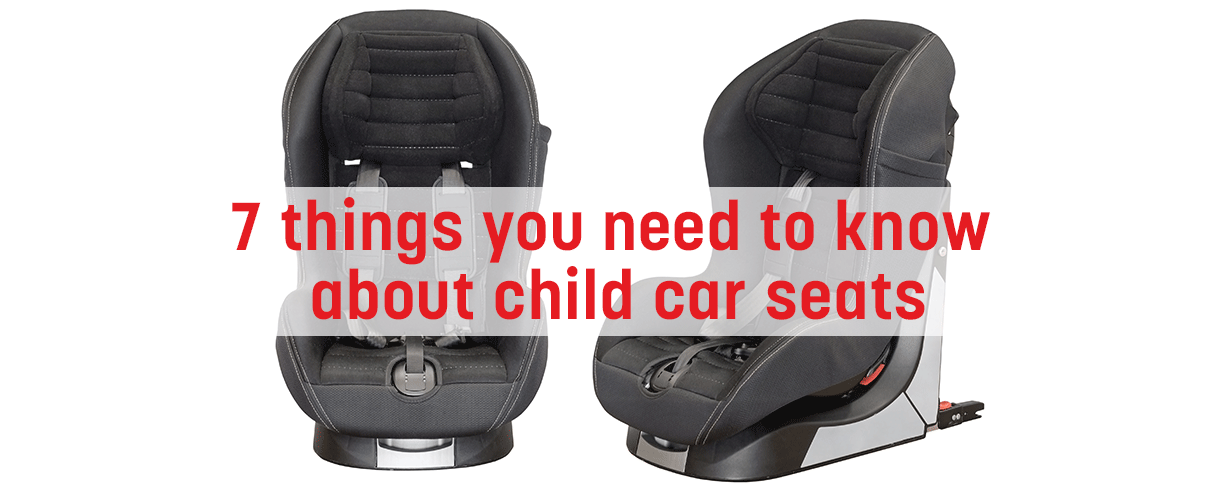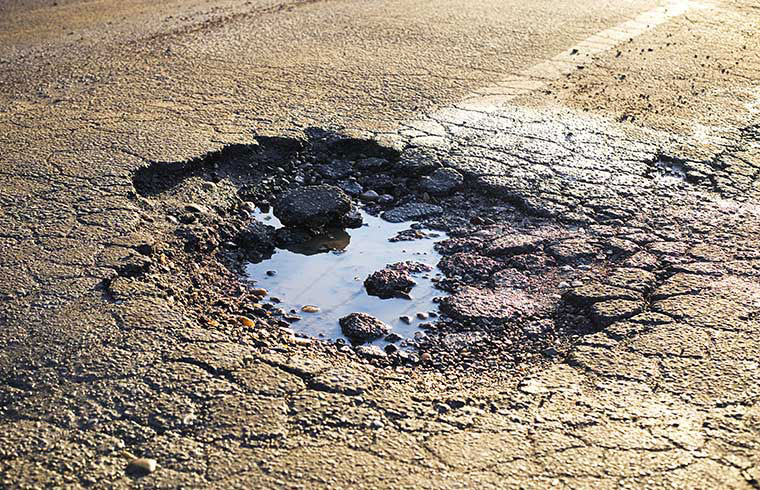Child car seats cost a few hundred dollars, so it can be tempting to buy one second-hand or in the United States, or to hang on to an old seat for a long time. Be aware, though, that this is not recommended practice, and is even illegal in some situations.
Child car seats cost a few hundred dollars, so it can be tempting to buy one second-hand or in the United States, or to hang on to an old seat for a long time. Be aware, though, that this is not recommended practice, and is even illegal in some situations.
1. Used car seats are not recommended
You might already have seen classified ads like this on social networking or specialized sites: "Nearly new car seat, hardly used." These seats are often listed for a fraction of the retail price, and they can seem like an attractive option if you're just looking for a seat for grandma to keep in her car.
You should be aware, though, that the SAAQ (Société d’Assurance Automobile du Québec) does not recommend using a second-hand car seat. However, if you have no choice but to use one, here are the SAAQ's recommendations:
- The seat must not have passed its expiry date
- The Transport Canada compliance label must still be attached
- The manufacturer's instructions must be included with the seat
- The seat must never have been involved in an accident
- The seat must never have been recalled due to a defect
- All parts must be present and intact
While it's fairly easy to check the expiry date, label and instructions, the other criteria are more difficult to check. You'll have to take the seller's word that the seat has never been involved in an accident.
Before going to see the seat, find out from Transport Canada whether that model has ever been the subject of a recall. Finally, you'll have to go and examine the seat in person to make sure that all the parts are present and correct, using the instruction manual.
Is all this effort really worth it? Only you can decide.
2. Reselling or passing on a used car seat manufactured before 2012 might be illegal
Most car seats have a useful life period of 6 to 10 years, but if your seat was manufactured before 2012, you might not be allowed to resell it or pass it on to someone else. This is because it may no longer meet Health Canada's requirements under the Canada Consumer Product Safety Act.
If throwing out your old car seat strikes you as a waste, don't take any risks, and contact Health Canada directly to check whether it can be used.
3. It is illegal to use a car seat purchased in the United States
Child car seats can run to a few hundred dollars, so it can be tempting to look for a good deal south of the border.
However, safety rules are not the same in Canada and the United States, so a car seat bought in the US may not meet Canadian standards. The SAAQ categorically states that using a car seat bought in the US is against the law.
Transport Canada, on the other hand, says that it is not illegal provided that the seat is approved for sale in Canada. Basically, if a model complies with Canadian as well as US standards and carries the National Safety Mark, you may be allowed to import and use it.
Of course, it's very difficult to check all this if you buy the car seat online and have it shipped to you.
4. You should always replace a car seat after an accident
If you are involved in an accident, replacing your car seat is strongly recommended, even if it doesn't appear to be damaged. There might be hairline cracks in the shell, reducing the protection offered by the seat.
If you have an accident, check with your insurance company to find out whether they will pay to replace the car seat.
5. The useful life period of car seats is variable
Child car seats come with an expiry date, set by the manufacturer. However, this indicates the seat's maximum useful life in good conditions. There are several factors that can reduce the useful life period:
- Sun exposure
- Frequent changes in temperature
- Food, drinks, cleaning products and other liquids spilled on the seat can reduce its effectiveness and make it less safe
- Safety standards may change before the seat reaches its expiry date
6. Barely 50% of car seats are used correctly
Your car seat must be suitable for your child's weight and height, but it's also important to make sure you're using it properly. The seat must be securely installed, and your child must be strapped in correctly.
During their first few months of life, babies should not sit in a car seat for more than an hour. If you're planning a long trip, make sure to schedule frequent breaks so that you can remove your baby from the car seat, pick him up and change positions.
7. You can have someone check that your car seat is safe and installed properly
Before hitting the road with baby on board, don't hesitate to have someone check that your car seat is properly installed. Make sure there have been no safety notices or recalls for your model of seat by checking the Transport Canada website. Don't take any risks when it comes to car seats.
You can never be too safe!



























